Could you explain how you got started fly fishing and fly tying?
As a kid, my Dad would break out a fly rod and popper later in the evening to fish for bass. I still remember those evenings in the canoe, watching the popper and hoping a bass would eat it. That was the first fly fishing memory for my brothers and I, and probably why we have always gravitated toward making a fish chase down a fly.
My older brother, Eric, asked for a fly tying kit when we were young. I remember tying flies and ice fishing jigs. That’s where it all started. Little did we know back then what it would grow into.
Some time ago you partnered with Nick Granato to form Fly Obsession. Could you explain what Fly Obsession is and how that all got started?
Nick and I have always had a similar brain when it comes to tying and fishing. After a number of conversations, we decided to join forces. The goal was to write about the things we talked about. It’s not a “Top 10 nymphs for trout” or “How to rig an indicator” type of fly fishing content. Not that there is anything wrong with that. It just wasn’t the things we liked to do and talk about. So we talk about the things we love and hope one or two people dig it.
Visit at this link: flyobsession.com
Do you have any mentors that you look up to?
It may be cliche, but it really is my family. I learned more from my Dad than I will ever realize. I learned many lessons about life through our time in the outdoors. My parents both made a lot of sacrifices so that we could enjoy the outdoors. My Mom always fished and hunted hard, even when things didn’t go her way. Eric fishes harder than anyone I know and never gives up. My younger brother, Mark, is always willing to try something new. All of those experiences taught me a lot about fish, and life.
A few years ago there was a short film about you and your brothers called The Brothers Brown created by Third Year Fly Fisher. What do you remember most about that experience?
It was a lot of fun working on that film, and sharing all of the stories and memories with RT. A lot of which was off camera. The thing I’ll probably remember most was Eric’s bottom of the ninth fish. He had lost a couple of big fish during the filming, and we all really wanted him to land one of those for the film. We decided to stay and fish one more day and do a short float. We didn’t have anyone to row another boat so we all piled into one. It was crowded, but we made it work. Eric lost a giant early in the day. It was just bad luck. You can hear the silence on the film when that fish comes off. Finally, at the last good section of the float, he hooks a good fish. After a few tense moments, the fish makes it into the net. We have definitely caught a lot of trout bigger, but that is a fish I’ll never forget. You can see the excitement in the film after we land that fish.
Visit at this link: Third Year Fly Fisher
Do you still have a special place in your heart for the Au Sable River?
Absolutely, and always will. My love of trout fishing was born in the UP, but it was solidified on the big waters of the Au Sable. My parents bought that cabin in 1985, and we spent a lot of time on that water since. I am now passing my affection for that river onto my kids. It is really cool to watch them experience the river. Probably much like it was for my parents to share it with my siblings and I.
What species of fish do you like to fish for most often?
These days, that’s an easy one. Muskie. Particularly, lake muskies. I have fished for a lot of different freshwater species, and I enjoy all of them. But, there is nothing like muskie for me. I love tying big flies. I love the game of locating them each time out. I love how they eat a fly with bad intentions. Mostly, I love that they do whatever the hell they want. I respect that.
In your opinion, what makes a good muskie fly?
There are a couple vital elements a muskie fly needs, in my opinion. It must have triggering movement. I don’t want a fly that comes straight back to the boat. I want a fly that glides to the side, or drops down. It also can’t be hard to cast. Muskie fly fishing isn’t as physically demanding as it’s made out to be. Big streamer trout fishing is definitely harder on you. But, if you are casting a fly that is unnecessarily difficult to cast AND retrieve, you will wear yourself out. The biggest mistake I see with big flies is they have too much material. They become harder to cast, harder to retrieve, and harder to manipulate. I try not to make it harder on myself than I need to.
Do you have some tips you could give to tiers out there who want to begin tying streamers for muskie?
Achieve the profile you want, with the least amount of materials. There are a lot of great natural and synthetic materials available today. Materials that hold a good profile, but also shed water easily. Many of these do not have to be packed tightly on a hook to hold a profile. Blane Chocklett’s T-bone is a great example of that.
How is tying a fly for muskie different from tying a fly for big brown trout?
With big brown streamers, every material is in play. With muskie flies, I mostly stay away from materials that retain water or collapse easily. Otherwise, the basis is the same. Achieve the desired profile, without extra material. Your arm will thank you later.
What are your go-to streamers for muskie?
Yard Sale is my favorite and has produced more fish for me than any other fly. Jumpin’ Jack Flash is creeping up quickly, and I’ll always have some classic bucktail flies in my box. Tough to beat the beauty and productivity of a big bucktail fly for muskie.
What thread do you primarily use on your muskie flies?
GSP in 210 and 280. I go through a lot of it.
Is there a species that you haven’t caught, that you would like to attempt to catch one day?
I’ve always wanted to fish for Stripers, especially on the upper east coast. I hope to make that happen one day.
Do you tie commercially or sell your flies in some way?
I wouldn’t say I tie commercially, but I do small custom orders of big trout streamers and muskie flies. I cannot tie two flies that look the same. It’s just not in my nature. There are guys like Eli Berant, Rich Strolis, and Mike Schmidt that are your dudes if you want volume. Those guys can tie custom orders as good as anyone, but they also turn out flies in numbers with the best of them.
What are some of your favorite fly patterns to tie?
The Devil Dancer is my favorite pattern to tie. I love the classic bucktail and hackle flies, and it’s my spin on those that incorporates two modern materials. So they have some of the classic look, with the flash and creativity of modern flies. A good mix of both. Jumpin’ Jack Flash and Nut Butters are up there as well.
How many patterns have you designed yourself?
Not really sure as it’s tough to really lay claim on a design these days. So much of today’s modern streamer tying is a mix of other patterns. Especially with how many are posted on the internet. Back in the day, you saw a fly in a shop, or a new material that inspired you. Nowadays, there is inspiration everywhere and a shit ton of great tyers out there. For the creative fly tyer, I’m not sure there has been a better time to be alive.
Do you have any new patterns you are working on at the moment?
Always. My brain never stops. I recently got out of bed at 1 am to tie a fly that was in my head. I like the way it swims and some fish have shown some interest, but it needs more time in the water and fish feedback for me to be sold on it. You can’t beat fish feedback when testing a new idea.
Could you describe some of your main rigs you use when you go fishing, including rod, reel, and line?
Rods are pretty simple. 10 and 11 weights are my go-to rods. I get asked about which brand/model of rods a lot. My answer is they all catch fish. Find one that fits your stroke and price range, and that’s the rod you want. There is no one best rod.
As far as lines, I’ve used a lot and probably liked the Scientific Anglers Wet Tip Express the best. I think the line is the most important piece of the rig. Haven’t tried the Sonar yet. I also like the Airflo Sniper. My preference is a sink tip in the 25′-27′ range with a floating running line. I don’t like the coating in the intermediate running lines. They are not great in cold weather, and tougher to handle because they are usually smaller in diameter. That is a particularly tough on the those cold November and December days in Michigan.
Reels are even easier than rods. Anything that holds line. If you can get your hands on one that picks up line easily, that can help, but not necessary. A lot of fish are never put on the reel. The drag doesn’t matter.
Is there anything at all you would like to add?
There is a lot of division amongst fly anglers these days. It would be cool to see less of that. So many people fighting for internet fame, and/or bashing others. There used to be more of a camaraderie amongst fly anglers, and I would like to see that regardless of technique. I saw a shop recently selling decals bashing spin fishing. That stuff bums me out. Lets unite instead of fighting and make sure we continue to get the youth involved in the sport. That’s my two cents.
Thanks Matt!
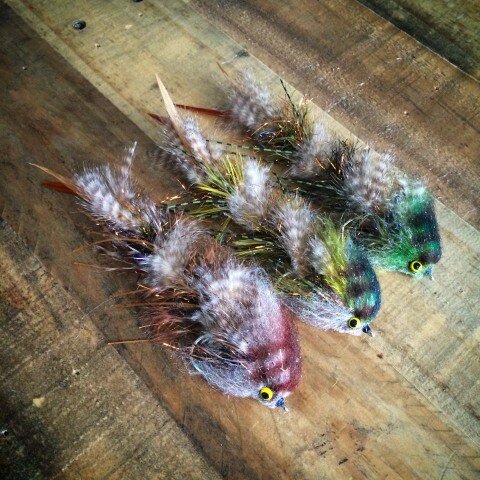
Nut Butters

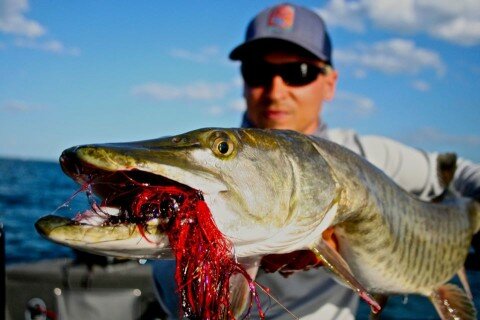

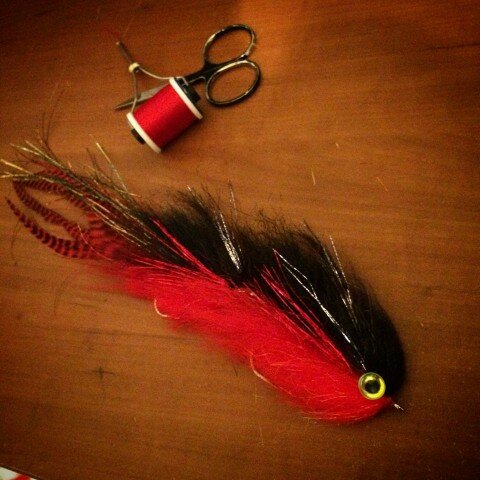
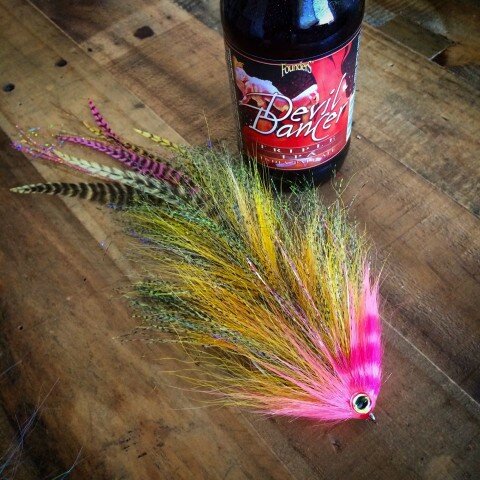
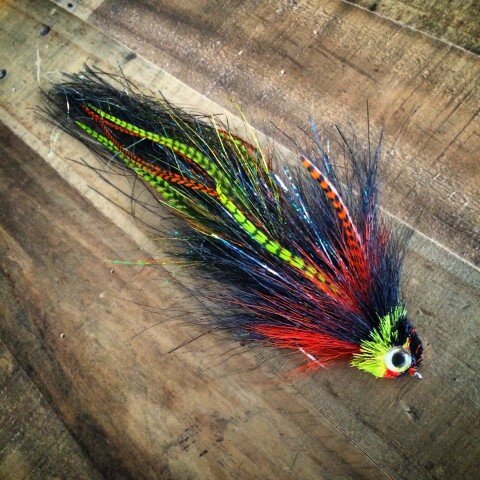
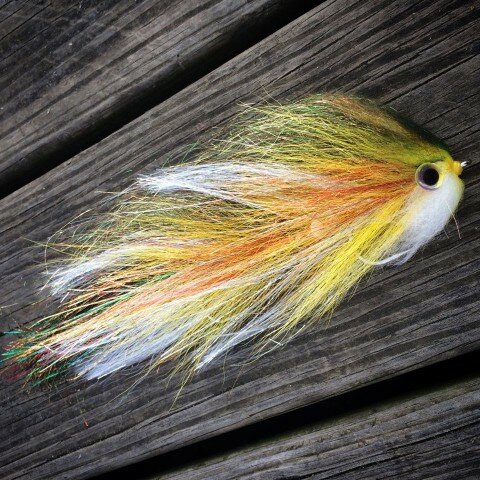
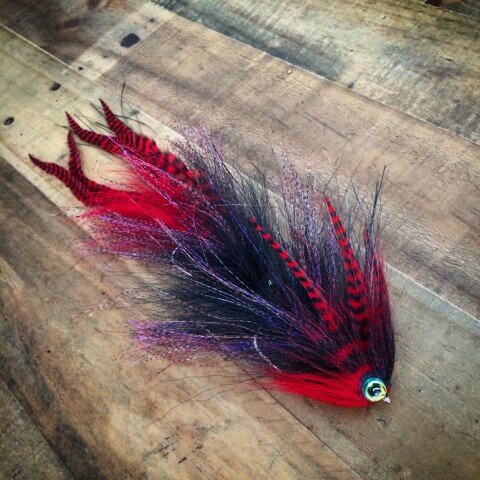
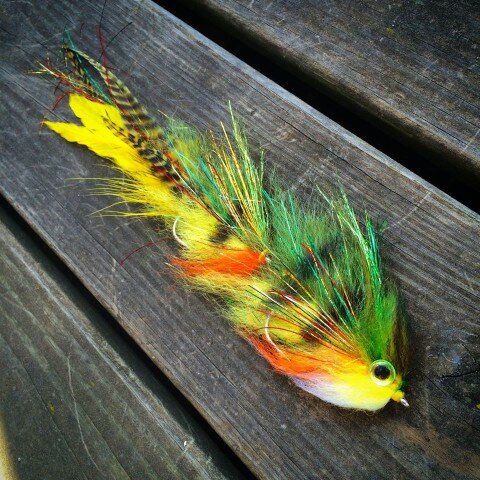
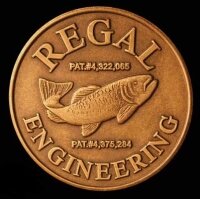
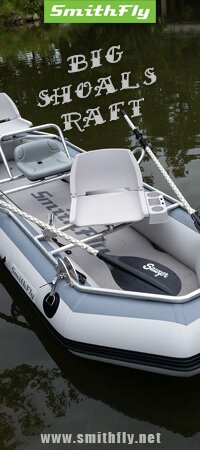






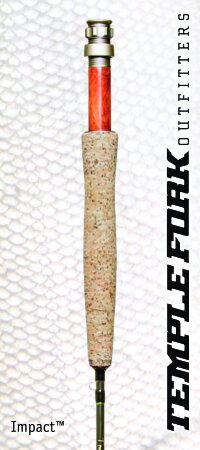
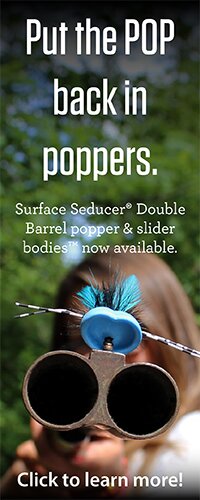
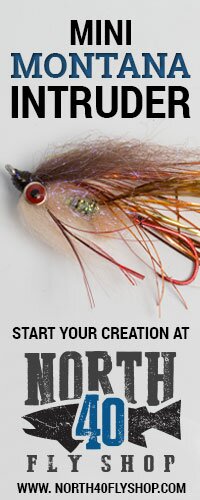
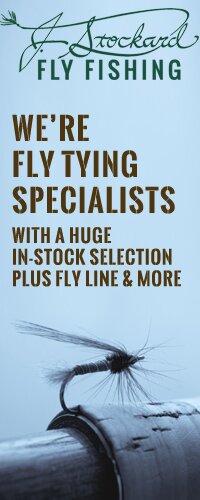


I really enjoyed seeing what Matt Grajewski had to say about fly tying and fly fishing for Muskie. Especially the last part about fly tyers of today trying to gain fame from bashing other fly tyers and fishermen. I am a life long member of United Fly Tyers (oldest fly tying group in America) and Rhody Fly Rodders (oldest Saltwater fly fishing group in America). Formed Crossroads Anglers in 1994, and a member of New England Fly Tyers. Our motto is simple “Give back what you have learned”. I tell every new fly tyer. What they have tied will catch fish. Many times they are frustrated that the fly they tied doesn’t look like yours. I ask them “How long have you been tying?” No matter how ugly the fly is it will catch fish.
Like Matt it’s hard for me to tie two exact dimensional bugs. Thank god the fish don’t mind. When people bash each other it’s not good for our hobby/sport we so loved.
I have a digital slide show it’s called “I Never Grew Up”. I’m just a fly tyer and fisherman who loves bluegills, trout, largemouth, striped bass, bluefish etc. The most important part it must have a tail, fins and eats flies/bugs
Matt wish you the best and I like this web site.
Armand Courchaine
Thank you Armand.
Great comment!
-Paul
I love this thread. As i have recently been targeting pikes at my local dams. It give me great ideas to go off of! Also i would like to say to everyone one reading my comment TAKE A KID FISHING! =)
Thank you Alex!
-Paul
Pingback: Tippets: PHWFF Awarded VA Grant, Science of Night Fishing, Matt Grajewski Interview | MidCurrent